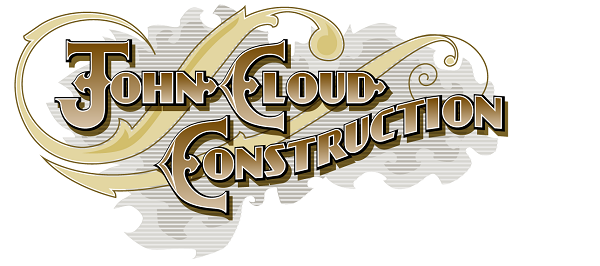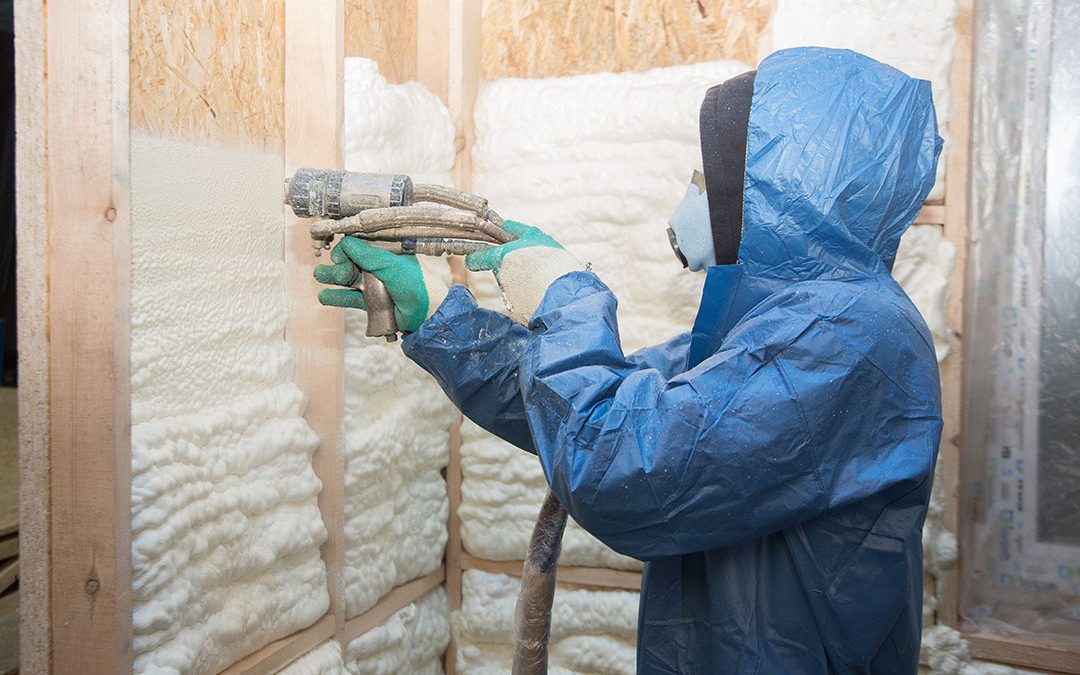One of the most important aspects of building a home is choosing the right insulation. Insulation, in most climates, can be what makes or breaks the comfort and energy efficiency of any house. Choosing the cheapest kind or paying for an inexperienced installer will cause your home to be cold in the winter and hot in the summer, all while generating costly energy bills that can become difficult to sustain.
Fortunately, there are several types of insulation that get the job done right and don’t cost an arm and a leg. Two of the most popular and efficient insulating materials are:
- Fiberglass – For the last 80 years, fiberglass insulation has been one of the most efficient materials on the market. In addition, it’s very affordable, easy to install, and available in different sizes, making it one of the most versatile insulating materials on the market even today.
- Mineral Wool – Made out of basalt, a type of volcanic rock, this type of insulation is similar to fiberglass in its ease of installation but has certain superior characteristics that position it in the race to replace fiberglass.
While there are some similarities between both types of insulation, there are differences that set them apart, making one or the other more appropriate under certain conditions, something a good contractor, such as John Cloud, can undoubtedly use to improve a home’s insulation and thus, its energy efficiency. These are some differences that you can consider when the time comes to either replace your existing insulation or are building your home:
- Efficiency – when comparing the thermal resistance of fiberglass with mineral wool, we find that mineral wool has a higher rating than fiberglass it is also highly resistant to moisture, which means it is more efficient at repelling mold, bacterial growth, mildew, and rot. While fiberglass is non-combustible, mineral wool is highly fire-resistant, making it useful as a fire stop. Cost-wise, fiberglass is the least expensive option and can cost anywhere from 25 to 50 percent less than mineral wool.
- Environmental friendliness – Mineral wool is made with about 70 percent or more recycled material, while fiberglass only uses about 20-30 percent. Mineral wool offers a higher sound deadening rate, while fiberglass loses its soundproofing when excessively compressed.
- Installation – In many ways, mineral wool is easier to install because of its rigidity. It doesn’t require any stapling and is easy to shape through friction. Fiberglass will require the use of staples and/or wire to keep in place due to its loose-fitting form.
When you are thinking about replacing your current insulation or are building a new home, it is always a good idea to talk to your contractor about your options, in order to get the best value for your money. At customhomesandpoint.com you can find everything you need to know about insulation as well as information about custom homes and much more.

